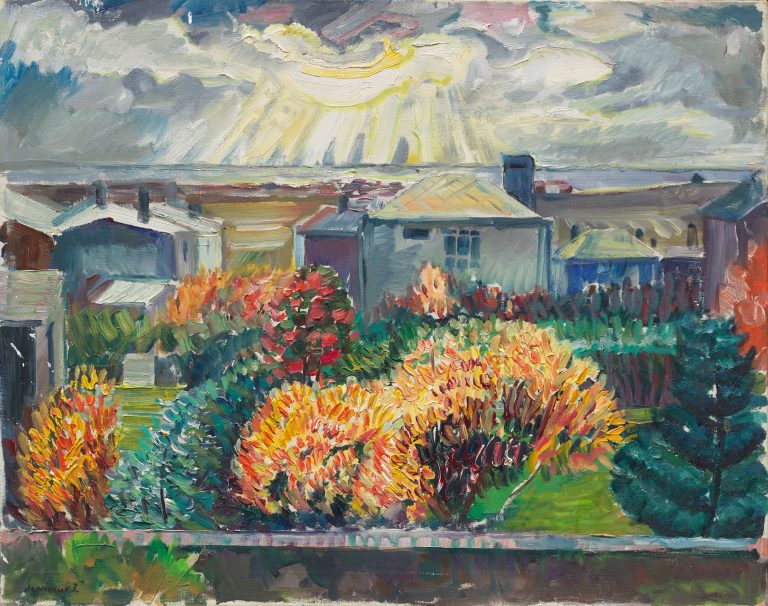 Ásgrímur Jónsson’s house is home to a stunning collection
Ásgrímur Jónsson’s house is home to a stunning collection
Artist Ásgrímur Jónsson (1876-1958) is one of the pioneers of Icelandic art history and became the first Icelandic painter to make art his main occupation. He studied at the Royal Academy of Arts in Copenhagen, and after completing his studies, he travelled around Denmark, Italy and Germany before returning home to Iceland.
Icelandic nature was Ásgrímur’s main subject, and his work laid the foundation for Icelandic landscape art. His view of nature was shaped by the romanticism of the 19th century, and he remained faithful to it, although his focus and working methods changed during his nearly 60-year career as an artist. Ásgrímur also pioneered the illustration of Icelandic legends and fairy tales and is one of Iceland’s most active folklore illustrators. Ásgrímur painted in nature and made a special effort to interpret the light of the land. He painted with watercolours and oils and occupies a special place in Icelandic art as a watercolour painter. Ásgrímur died in 1958 and bequeathed to the Icelandic nation all his works of art, together with a house at Bergstaðastræti 74 in Reykjavík. In 1960, Ásgrímssafn was opened in his house. In 1987, when the Icelandic Museum of Art moved to its premises, Ásgrímur’s collection was merged with the Museum of Art according to the provisions of his will.

The current exhibition at Ásgrímssafn is Gluggi í Reykjavík (Window in Reykjavík), a selection of works by Ásgrímur. The view from the window in Vinaminni, where he first lived after his return to Iceland, became a familiar motif for him, with Reykjavík harbour and Esja facing each other. Also, the view to the south from the studio’s skylight at Bergstaðarstræti 14 became another inspiration. The watercolours capture the light of the land in his work.
Ásgrímur’s life’s work, his art, spans a long period in the nation’s history, a time when rural society began to disperse, and Reykjavík changed from a town to a city. Many of Ásgrímur’s paintings from Reykjavík, painted in the first half of the 20th century, depict a peaceful small town where houses are huddled on the far side of the sea but also display a vibrant city. Paintings show people working on street construction in an urban society in the making. The artist’s perspective looking out the window is a common subject in art history. The intimacy with the artist is excellent in these works, and in Ásgrím’s house, you can see through the window the same perspective that Ásgrímur captured on canvas and paper. The unique shades of the houses in the town are enjoyed, and despite the changing times, the Reykjavík that Ásgrímur knew so well and in his works can be seen many of the city’s well-known landmarks today, such as Tjörnin.







